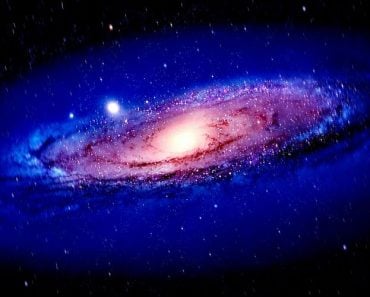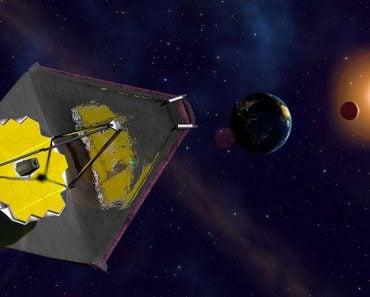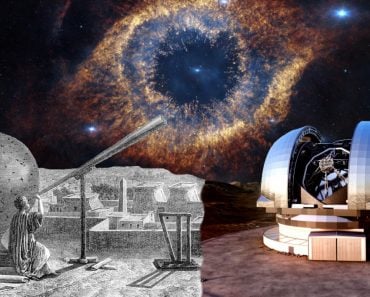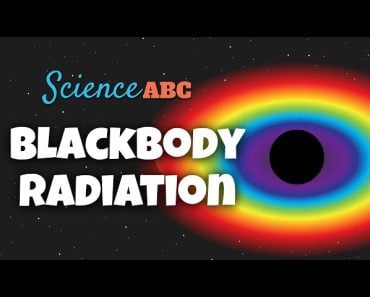Table of Contents (click to expand)
Radio astronomy is the branch of astronomy that deals with the radio frequencies associated with celestial bodies. It helps reveal unknown attributes of these bodies.
To observe the universe in all its entirety and glory, we need knowledge of not just what shows up in the night sky, but also what celestial objects are made of. Every object out there in the universe emits radiation, which is very telling about its constituent parts. It gives evidence of presumed events in the past and also indicates events that might unfold in the future.
Recommended Video for you:
What Is Radio Astronomy?
Radio Astronomy is the branch of astronomy that studies the radio frequencies of objects in space. The radio waves given out by these objects sheds light on their inherent cosmic makeup. The first person to detect these waves was Karl Jansky when he observed radiation coming from the Milky Way.
Be it stars, whole galaxies, quasars, pulsars or even masers, everything gives out radio waves. Radio Astronomy is carried out by using radio telescopes with massive antenna-like structures.
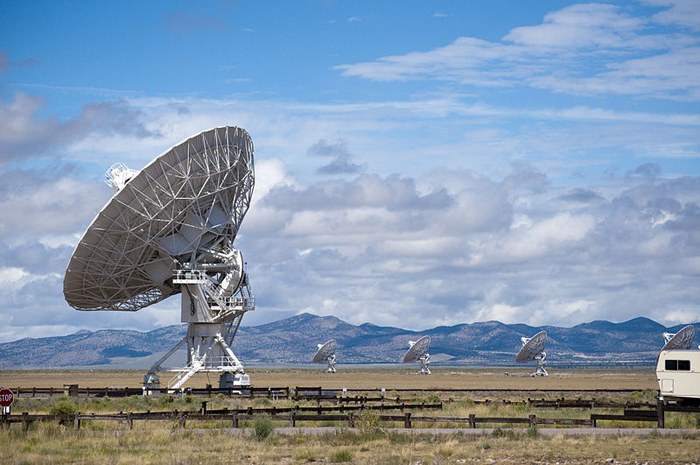
What Are Radio Waves?
Radio waves are yet another type of wave on the electromagnetic spectrum. Each wave gives off a large number of cycles (the culmination of one peak and one trough equals one cycle). The waves move forward by covering short distances in one cycle. The frequency of this wave type lies in between 104 and 1011 or 1012 Hz and is used for long-distance communication.
Techniques To Carry Out Radio Astronomy
In terms of what device has to be used to analyze the object in space, the power of the signal—a consequence of the distance from Earth—is critically important. Either a radio telescope is simply placed in the direction of the celestial object or a more complex cocktail of multiple overlapping telescopes is used to achieve the required resolution.
Due to the presence of various gases and vapors in the Earth’s atmosphere, the level of detail that can be achieved is reduced. The interference restricts the signals to certain areas of the atmosphere. Building observation laboratories in far-off places is one way to scale down this interference.
- Radio telescopes: Radio telescopes are the simplest devices that can detect radio waves, but their shortcoming is their size. In order to detect very faint signals, the radio telescopes must be massive, with very large apertures, which is not exactly practical and buildable everywhere. The precision associated with radio telescopes is also not entirely appropriate for every neighborhood or region on the planet.
- Radio interferometry: Radio interferometry uses the principle of multiple radio telescopes being put to use for the same object, which eliminates the lack of accuracy involved in using just one radio telescope. The various telescopes are joined coaxially, such that their base point of observation remains the same. Two primary goals that this method meets is the detection and collection of a stronger signal and an unparalleled increase in resolution. The idea is to collectively create one giant telescope without actually building one. Each telescope that is projecting out into space is called a baseline, so the greater the number of baselines, the more accurate the image of the object will be.
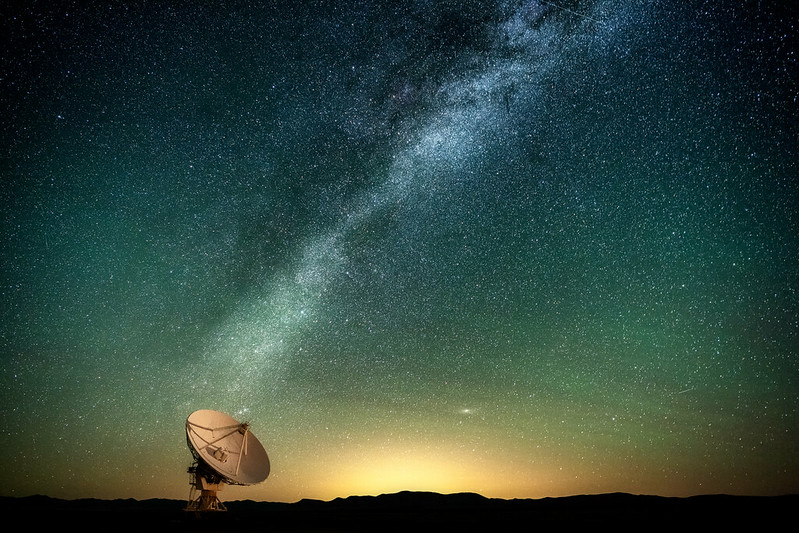
Significance Of Radio Astronomy
Contrary to optical astronomy, which allows us to see the “hot” universe, radio astronomy is mostly used for observing the “cold” universe. Radio Astronomy functions in the millimeter wavebands, thereby increasing the resolution in comparison to an optical telescope. The key uses of Radio Astronomy are:
- Aids in the detection and analysis of hidden celestial objects that are not visible otherwise, owing to dust and gas clouds
- Aids in understanding the key elemental constituents of stars and complete galaxies
- Helps to intricately study the gas and dust clouds
- Helps to traverse the farthest points of the universe, which is impossible with just an optical telescope
- Gives an idea about how the universe came to be, how it has evolved over the millennia, and where we are headed
- Tells us more about the black holes present at the centers of galaxies
When Radio Astronomers look for radio waves, they can even see the otherwise dark parts of the sky. What doesn’t strike a chord to our eyes means something far more significant to a radio telescope. One of their most beneficial uses is studying the birth of stars amidst dense clouds of dust and gases.
If a radio wave is sent to a celestial object and the resultant wave is observed, even the minutest of details can be mapped out and analyzed further. The superposition of multiple data points enables astronomers to create a virtual image of the object in discussion.
What started out as a mere hiss every time the center of our galaxy rose has now panned out into something extremely important. Radio Astronomy is now helping us determine facts about distant stars and planets that are crucial in understanding the core characteristics of the universe. Clearly, visible light is not enough to weave the full story of a celestial object!

